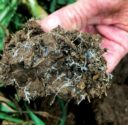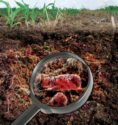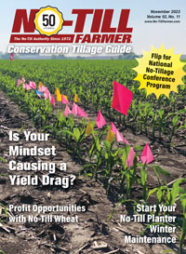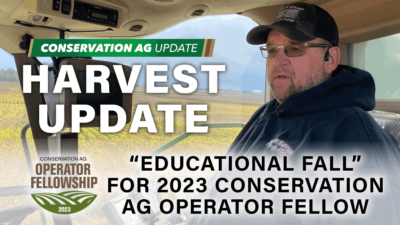Advertise Follow Us
Items Tagged with 'mycorrhizae'
ARTICLES
[Podcast] How Plants Find Their Food — the Behavioral Science Underlying Plant Nutrition
In this episode of the No-Till Farmer podcast, brought to you by Yetter Manufacturing, we're joined by experimental plant ecologist J.C. Cahill from the University of Alberta to discuss root movement and foraging.
Read More
Tying the Soil and Plant Together
Biostimulants offer no-tillers an affordable option to improve soil biological activity and boost yields without depleting soils.
Read More
Four Major Impacts Mycorrhizae Has on No-Till Crops
‘Beneficial’ may not be what no-tillers think of fungi, but arbuscular mycorrhizae fungi is capable of protecting and nourishing plants, leading to higher yields for less cost.
Read More
View Plants as ‘Distinct Factories’
Understanding the complexity of plant and soil interactions, and the relationships among roots, nutrients and soil composition, is key to assessing future crop health.
Read More
9 Surefire Solutions to Challenging No-Till Problems
Renowned soil scientist Jill Clapperton explains how certain cover-crop species and other management practices can help resolve tough no-till problems.
Read More









